
Role Attributes
People usually have different roles on the Crews and Forums they participate in. To understand what team members can expect from each other regarding their contributions and responsibilities, they can use the Role Attributes patterns as a starting point.
Purpose
The patterns in this set offer a selection of typical role descriptions and responsibilities.
Instead of starting from scratch, it could be less work to use these role attributes as a basis and then only define the cases where the team wants to deviate from the default descriptions.
On top of that, you can use these Role Attributes in many combinations. For example, a Team Lead on one team could commit to playing the role of Captain and Coordinator, while an Agile Coach agrees to play the role of Guide and Producer.
Notes
While people can take one or more roles, they do not need to stick to these roles forever. For example, it is possible to rotate roles between different Crew members or Forum participants.
Important: We are NOT suggesting that you offer sixteen different roles to each team! Instead, we give a list of options to organization designers who should decide which of these are useful, which ones can be merged, and which ones should be ignored. The result could be a subset of zero to a handful of context-specific roles. And *these* can then be offered to teams.
Rules / Constraints
The idea is to combine some of these role attributes in specific roles that make sense in your context.
Roles are not job titles. People’s job titles tend to be stable over a longer time. Make sure that roles remain flexible.


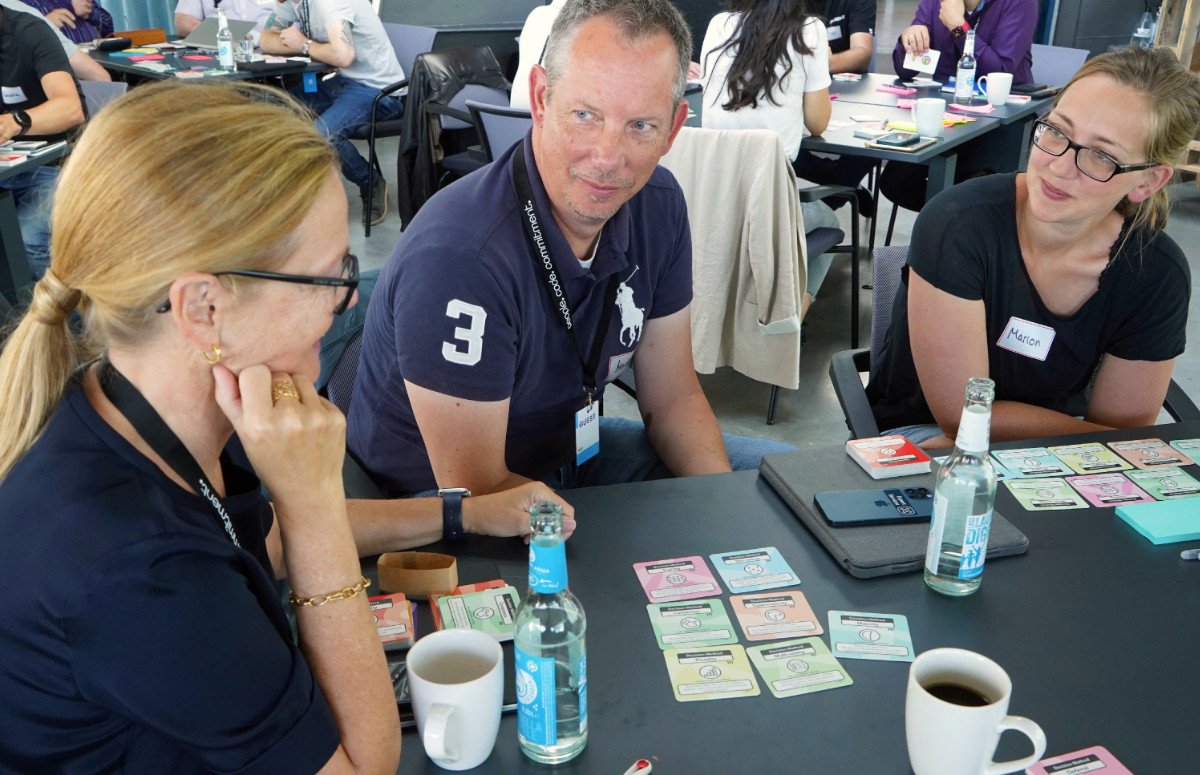

“The role of a writer is not to say what we all can say, but what we are unable to say.”
(Source: Anais Nin)


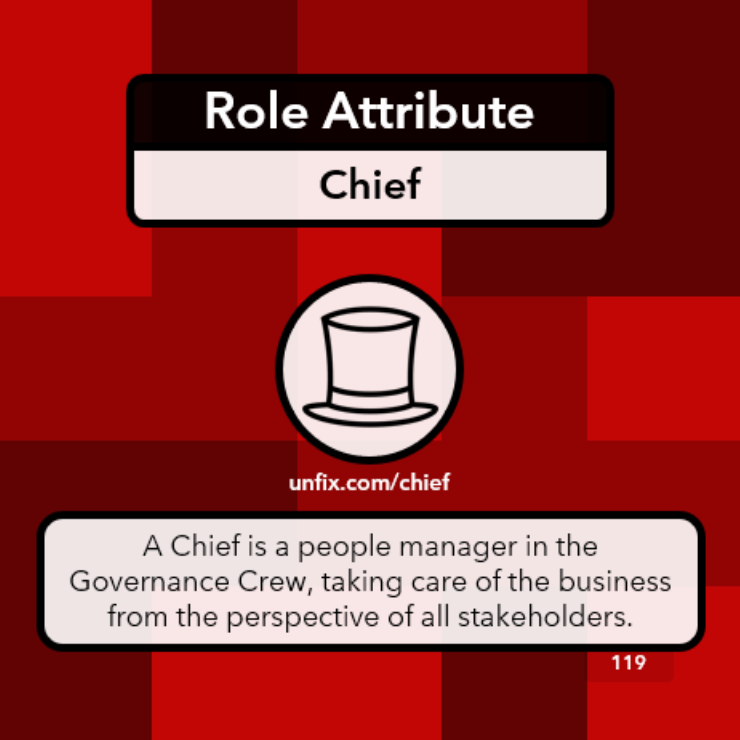




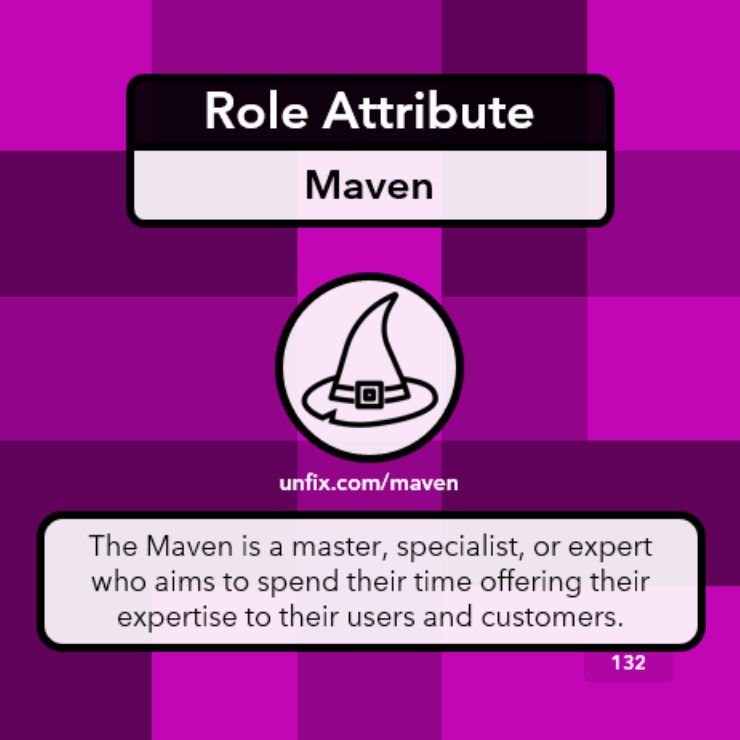






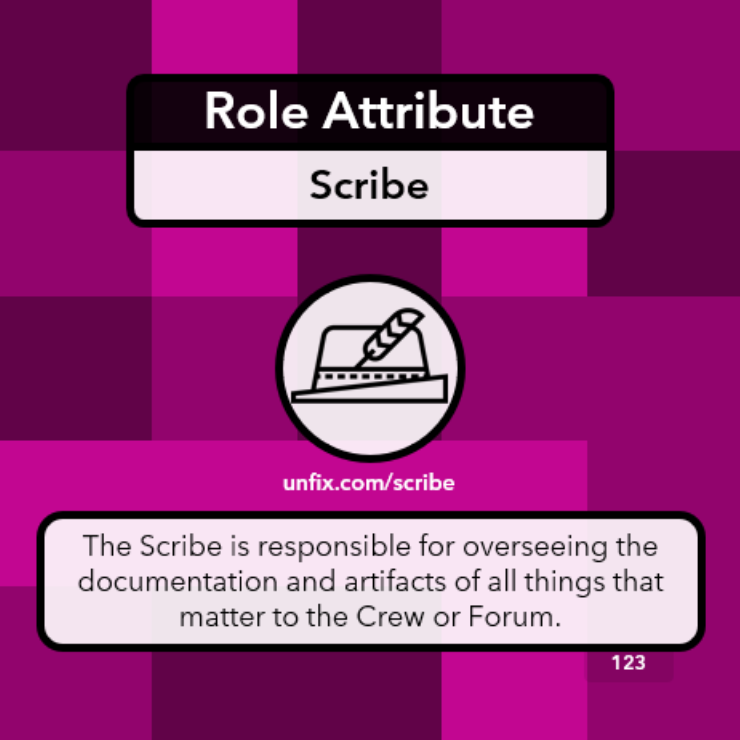



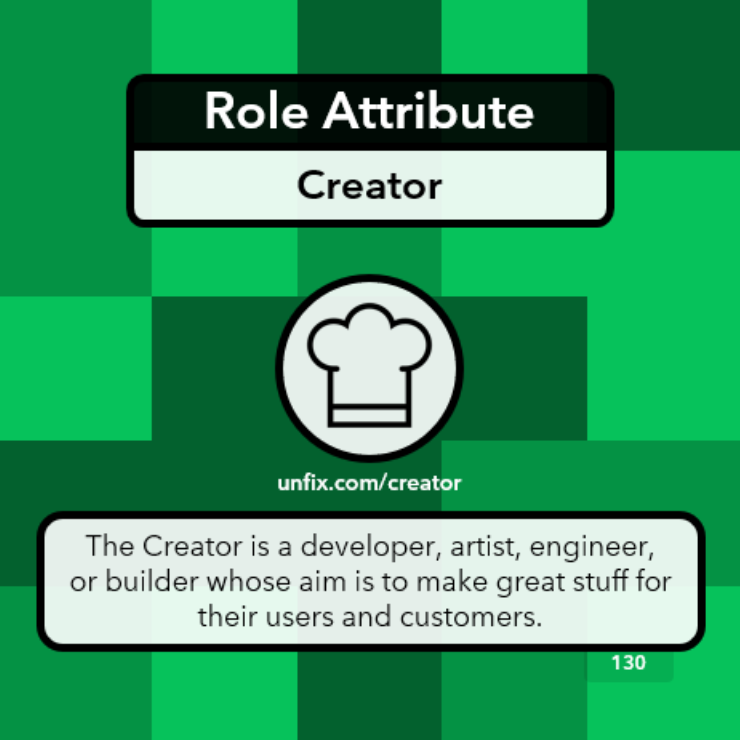





Improving the company organization design of epharma by using unFIX - structure with 18 bases, organized one unFIX congress and five domains.